It's been a while since we reported from our Wildlife Garden but work continues outdoors - and we've been enjoying the season's wildlife gardening and wildlife watching. Here we share a few hightlights from the past two months.
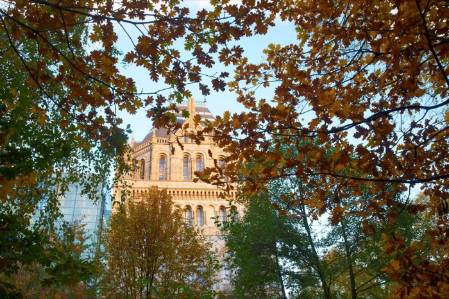
The Museum as seen through the Garden's trees
© Jonathan Jackson
Throughout October and early November flashes of deep orange were spotted over the ponds, belonging to the common darter dragonfly (Sympetrum striolatum). They darted from the chalk to main pond, male and female in tandem, with the female ovipositing (laying eggs) near clumps of water soldier (Stratoides aloides) that I'd already eyed up for removing during our planned pond clearing day. The sight of this acrobatic pair laying eggs did of course change our plans slightly to avoid disturbing recently laid eggs.
Common darter dragonfly in September. The last sighting this year was on 4 November
© Jonathan Jackson
The female lays eggs directly into the water during the late summer months, and sometimes into autumn as was the case this year. The eggs over-winter and hatch into larvae the following spring. Later in the summer, the full-grown larva crawls out of the water up on to a plant stem - such as purple loosestrife (Lythrum salicaria) or reed sweet grass (Glyceria maxima) - before emerging transformed into a beautiful dragonfly. To find out more about dragonflies visit the British Dragonfly Society's website.
Flashes of gold and red goldfinches have recently been seen foraging amongst alder cones and teasels. Our beautiful autumn visitors, goldfinches (Carduelis carduelis), have also been heard and seen squabbling amongst greenfinches (Carduelis chloris) around the bird feeders.
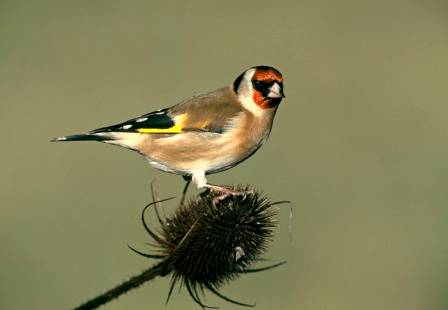
European goldfinch feeding on teasels
© David Tipling Photo Library
Throughout the mild days of October our Bee Tree honey bees were still collecting pollen from ivy and any remaining flowers such as black horehound. They were also spotted around the entrance to the hives on warm November days. They are fastidious in their personal hygiene and, as bee-keeper Luke Dixon informs me, will take advantage of warm winter days to exit the hive and freshen up.
There are a few flowers remaining in our garden now and they include several blooms of bedraggled hedge bedstraw (Galium mollugo), the bright pink of red campion (Silene dioica) and dwarf gorse. There is one new flower of the season and this is the fresh yellow of common gorse. As the flowers of dwarf gorse (Ulex minor) fade the flowers of common gorse (Ulex europaeus) begin to bloom and next year dwarf gorse will take over again for a few months ... giving rise to the old saying "When gorse is in blossom, kissing is in season."
Common gorse - the first flowering date this autumn was on 28 October
© Jonathan Jackson
But it is the golds and yellows of beech, hornbeam and field maple that are sensational again this year. Museum photographer, Jonathan Jackson, captured these colourful images just last week:
Beech (Fagus sylvatica) between meadow and chalk downland habitats
© Jonathan Jackson
Beech leaves
© Jonathan Jackson
Field maple (Acer campestre) in a hedgerow
© Jonathan Jackson
Hazel (Corylus avellana)
© Jonathan Jackson
Hornbeam (Carpinus betulus)
© Jonathan Jackson
Pedunculate oak (Quercus robur)
© Jonathan Jackson
And though few berries remain - the blackbirds have stripped rowan of its fruits early this autumn compared to last year - there are still remains of shocking pink spindle berries, with their orange seeds just visible.
Fruits of spindle (Euonymus europaeus)
© Jonathan Jackson
For more about seasonal sightings in other areas visit Nature's Calendar from the Woodland Trust.



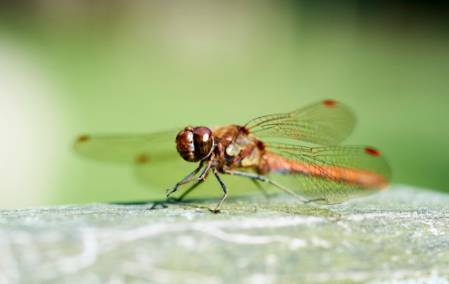
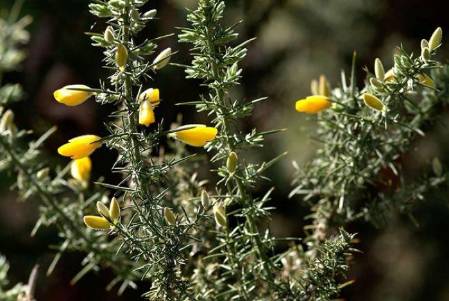

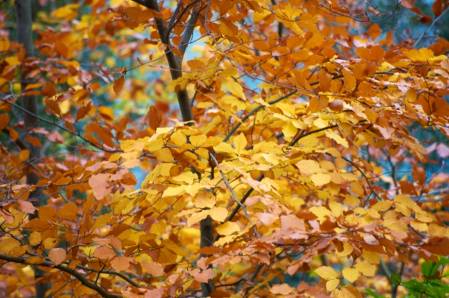

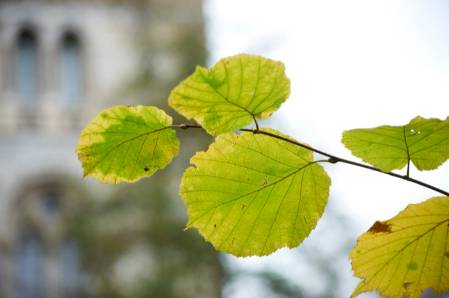
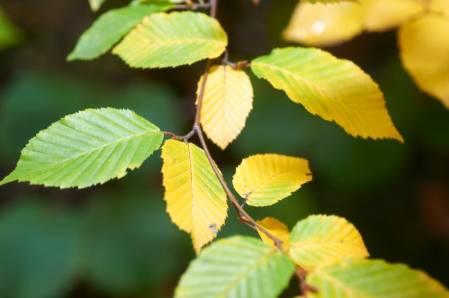
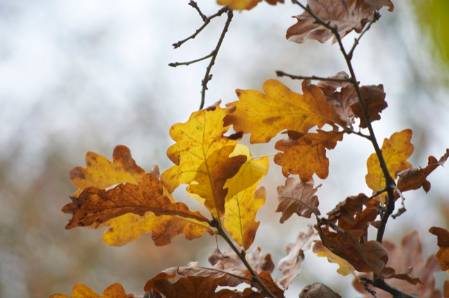

.jpg)
.jpg)
.jpg)
.jpg)
.jpg)
.jpg)
.jpg)
.jpg)